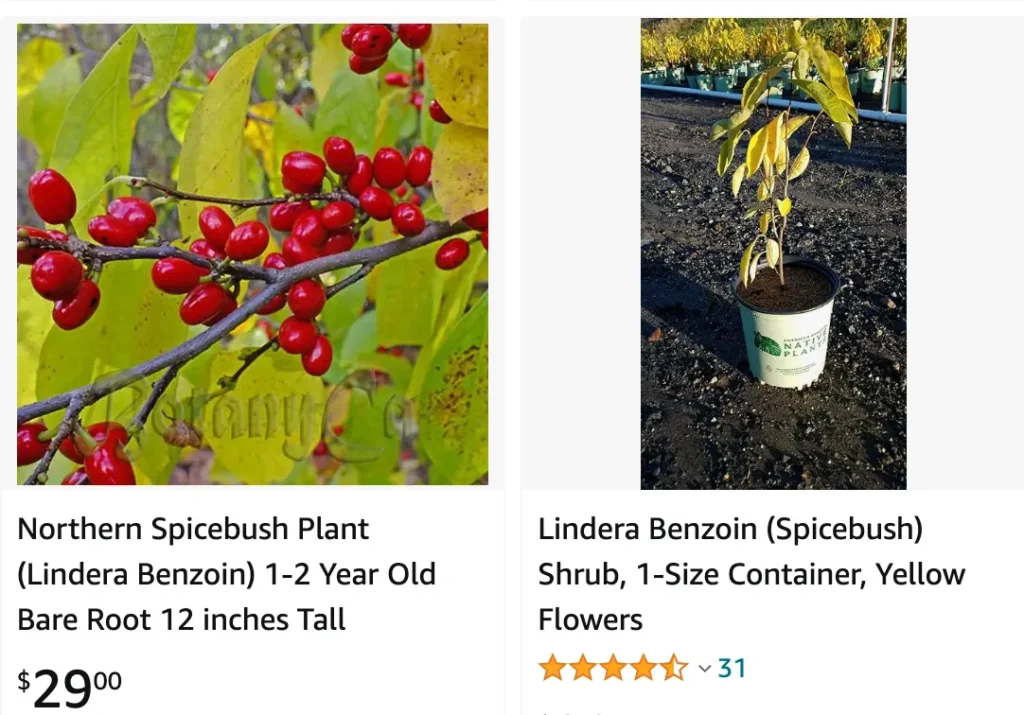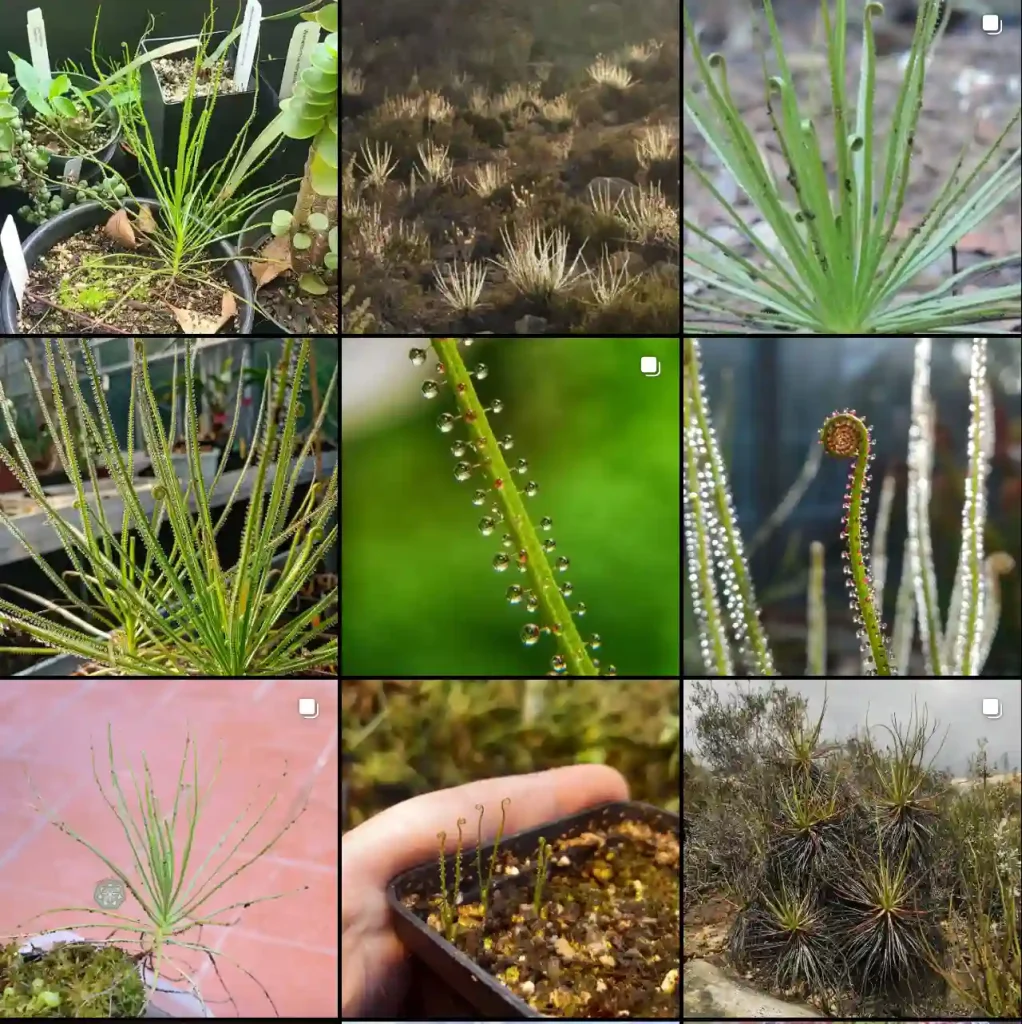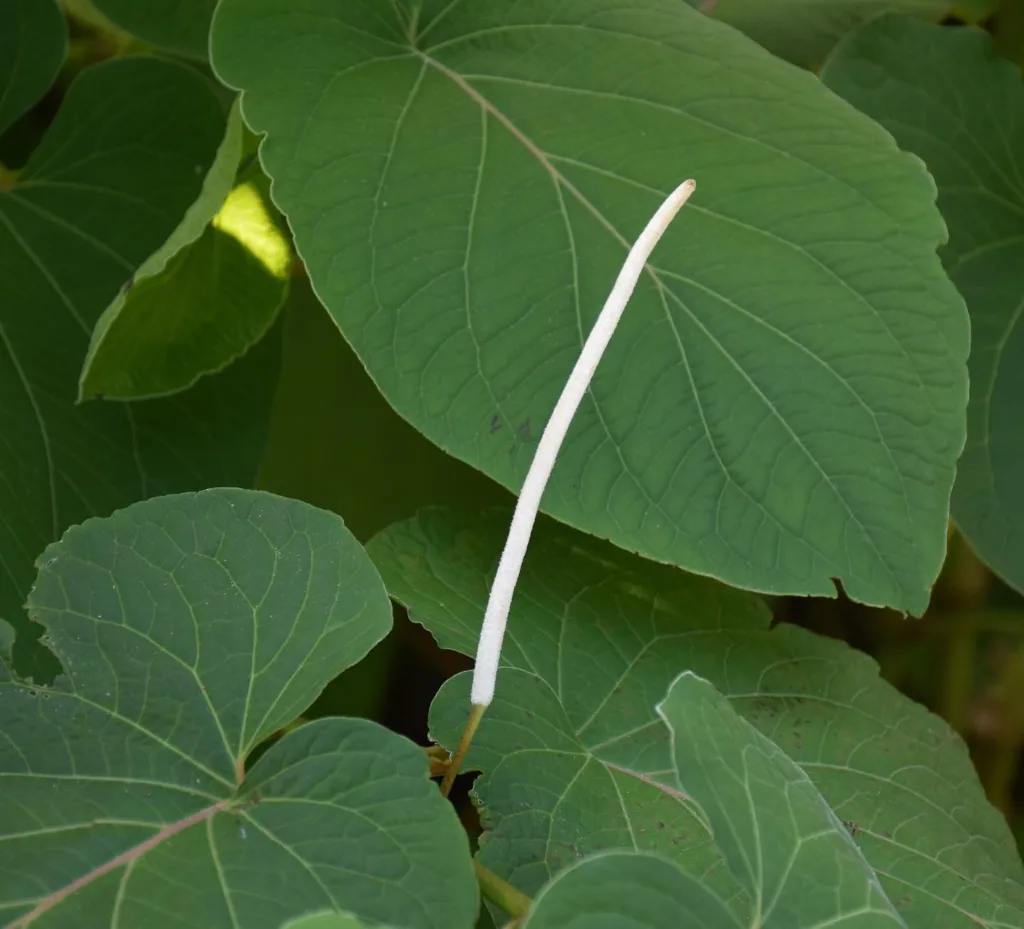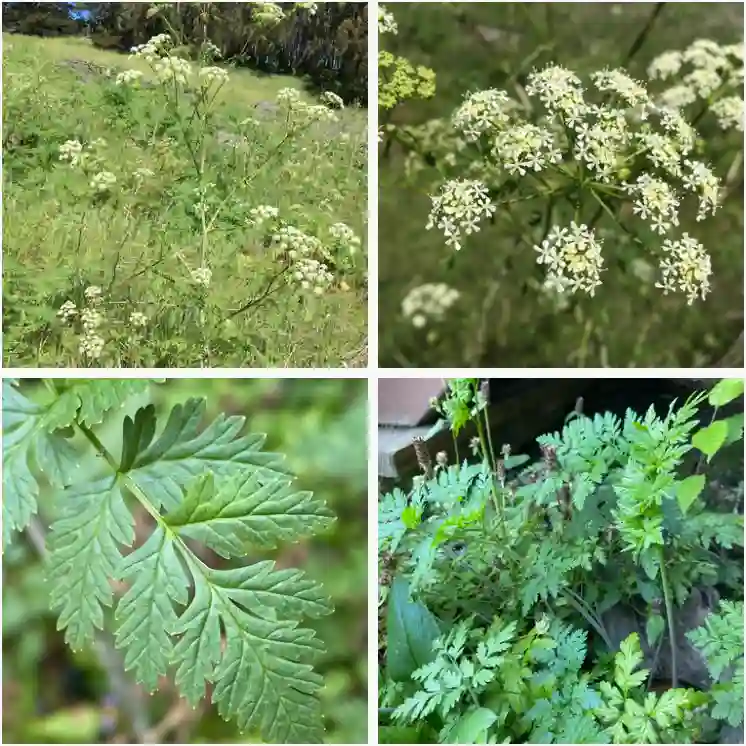
Unveiling the Spicebush: A Look at Lindera Benzoin
For the curious gardener or forager, the natural world holds a treasure trove of unique plants with surprising uses. One such plant that has piqued my interest is Lindera benzoin, commonly known as spicebush. This native North American shrub has captured my attention with its fragrant leaves and vibrant fall foliage. But beyond its aesthetics, I delved deeper to explore its potential as a culinary and landscaping wonder.
94 Species in Genus Lindera
Does Lindera Benzoin Refer to Benzoin Resin?
The name “benzoin” might initially lead you to believe there’s a connection to the resin used in incense and perfumes. However, that’s not quite the case. Benzoin resin comes from the Styrax tree, a completely different species native to Southeast Asia. While the name “benzoin” in Lindera benzoin likely refers to the similar aromatic properties of the leaves, they are distinct plants with different geographical origins and uses.
Is Lindera Benzoin Edible?
This was one of the first questions I had about Lindera benzoin. The answer is yes, with a few important caveats. The leaves of the spicebush are indeed edible and boast a delightful flavor profile. They have a distinct peppery and citrusy taste, making them a wonderful substitute for bay leaves or allspice in various culinary applications. You can use them fresh or dried to add a unique twist to soups, stews, and even stuffing.
However, caution is crucial. The berries of the spicebush, while visually appealing, are considered toxic and should be avoided entirely. It’s also important to note that some people might have sensitivities to Lindera benzoin. It’s always best to start with a small amount and monitor for any adverse reactions.
Here are some additional points to remember when using Lindera benzoin for culinary purposes:
- Harvest responsibly: Only take what you need, leaving plenty for the plant to thrive and for wildlife that might rely on it for food.
- Identify correctly: Make sure you have correctly identified Lindera benzoin before consuming it. There are similar-looking plants that could be harmful.
- Consult a professional: If you have any concerns about using Lindera benzoin, it’s always best to consult a qualified herbalist or forager.
Beyond the Kitchen: Landscaping with Lindera Benzoin
Lindera benzoin offers more than just culinary potential. It’s a beautiful and versatile addition to any garden. Here’s what makes it a great landscaping choice:
- Four-season interest: Spicebush provides year-round interest. Its bright yellow flowers in early spring add a burst of color before the leaves unfurl. The leaves then take center stage with their glossy green sheen throughout summer, transforming into a stunning show of yellow in fall. Even in winter, the bare branches hold a certain elegance.
- Wildlife magnet: Lindera benzoin attracts a variety of beneficial insects, including pollinators like bees and butterflies. Additionally, birds relish the bright red berries in late summer and fall, making it a haven for wildlife.
- Adaptable and low maintenance: This shrub thrives in a variety of soil conditions and requires minimal maintenance. It tolerates partial shade and full sun, making it suitable for different areas of your garden.
- Easy propagation: Spicebush is relatively easy to propagate from seeds or cuttings, allowing you to expand your own stock or share it with fellow gardening enthusiasts.
Where to Buy Lindera Benzoin?
Due to its potential toxicity and the ecological importance of wild populations, it’s generally not recommended to harvest Lindera benzoin from the wild for personal use.
The best course of action is to purchase Lindera benzoin from reputable nurseries or online retailers specializing in native plants. Look for nurseries that prioritize sustainable practices and responsible harvesting.
When buying Lindera benzoin, consider purchasing a young plant to cultivate in your garden. This allows you to enjoy its beauty and culinary benefits while contributing to the preservation of this remarkable native species.
Exploring Further: Additional Tips for Growing Lindera Benzoin
If you’ve decided to add Lindera benzoin to your garden, here are some additional tips for success:
- Choose the right location: Select a spot with partial shade or full sun and well-drained soil.
- Watering: Water regularly, especially during the first year after planting. Once established, it’s fairly drought tolerant.
- Pruning: Pruning is not essential, but can be done to maintain desired size and shape. Prune after flowering in late spring or early summer.
- Mulching: Apply a layer of mulch around the base of the plant to retain moisture and suppress weeds.
With a little care, Lindera benzoin will become a cherished addition to your garden, offering a delightful blend of beauty, ecological value, and culinary potential.
If i die, water my plants!



